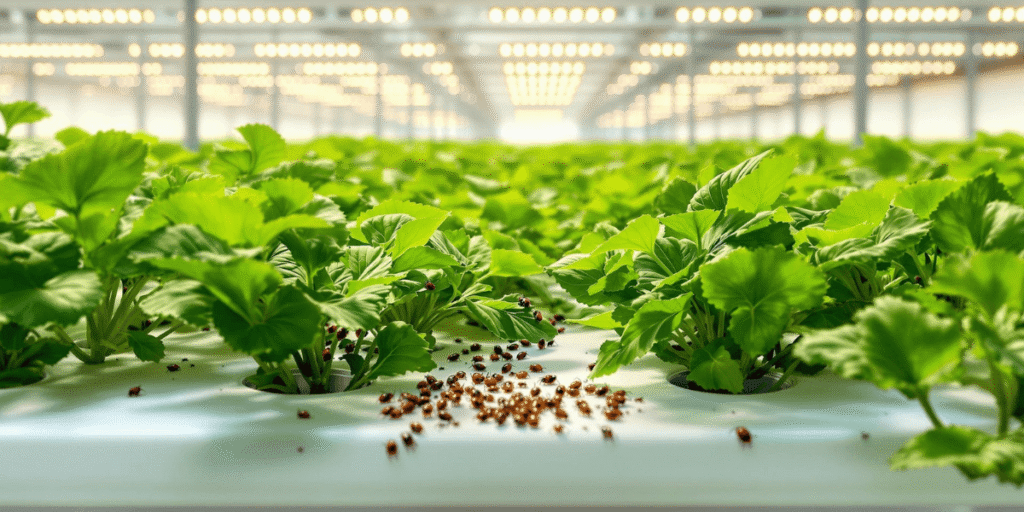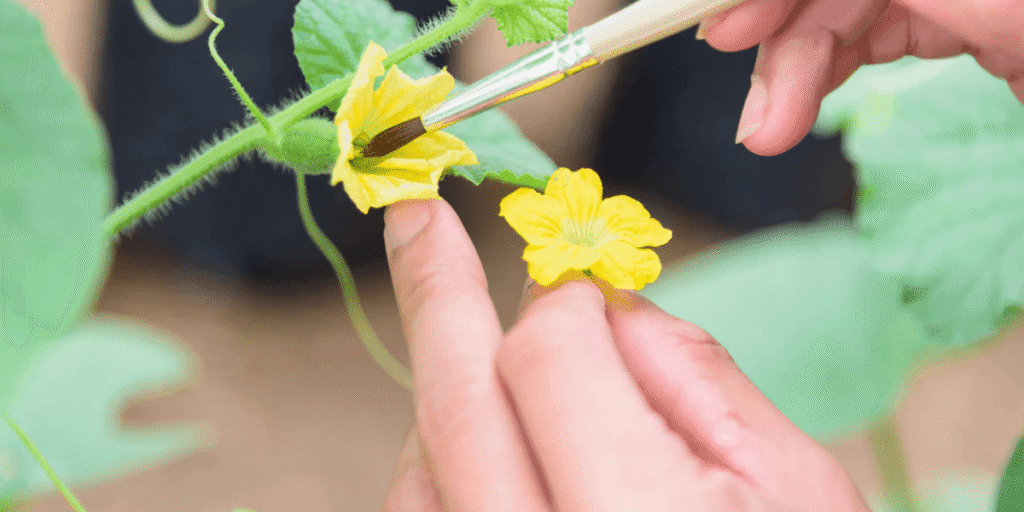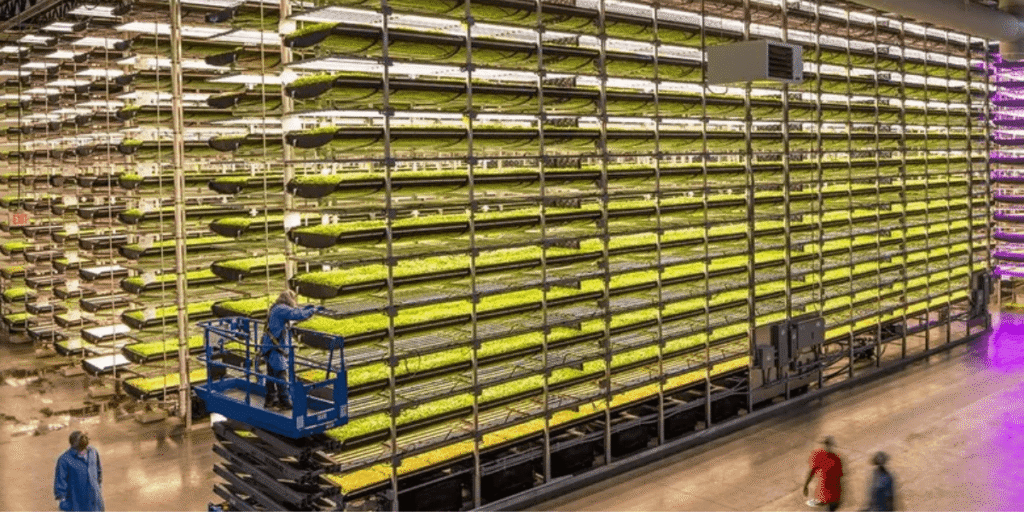Control pests in hydroponics from the get-go to keep your garden happy and thriving. You might think that without soil, pests are no longer an issue, and in many ways, that’s true. Soil pests usually aren’t a problem, but hydroponic systems can still attract their own set of bugs. Tiny insects might hitch a ride on new plants, float in through an open window, or even sneak in with your curious pets.
The trick to avoiding headaches down the road is staying ahead of the game. In this guide, I’ll share some simple, practical tips for preventing pests, catching them early, and dealing with them so your plants can grow strong and pest-free. A little preparation now means you won’t have to stress about unwanted visitors later!
Understanding Hydroponic Pests
Of course! Even though hydroponic systems don’t have soil, pests can still find their way into your garden. They might hitch a ride on new plants, float in through an open window, or even sneak in on your tools or pets. So, while hydroponics does cut down on soil-borne pests, it doesn’t make your garden entirely bug-free. It’s still worth keeping an eye out for any unwelcome guests.
Some of the most common pests you’ll encounter are aphids, spider mites, thrips, and fungus gnats. Aphids are tiny little guys that like to gather on young leaves, stems, or flower buds. They suck the plant’s sap, which can cause the leaves to curl or stunt growth. Spider mites are also tiny and love hiding on the underside of leaves, leaving behind little yellow or brown spots. If ignored, the leaves can become discolored or even drop off. Thrips are slender and fast, often leaving silver streaks or marks on the leaves. Fungus gnats are easier to spot because their larvae feed on the roots, slowing down growth. The adults are small flying insects that hover around the growing medium or nutrient solution,so if you see them, you know the larvae are causing trouble below the surface.
Getting familiar with these pests and understanding how they behave is the first step to keeping your hydroponic garden healthy. Regular checks on your plants and catching any issues early can make a huge difference before a small problem turns into a full-blown infestation.
Preventing Pests in Hydroponic Systems
Preventing pests in your hydroponic system is really just about staying a step ahead of them. Trust me, the best way to keep those little critters at bay is by keeping your growing area clean and organized. Make it a habit to clear out dead leaves, plant scraps, or anything else that could become a hideout for insects. Bugs love those damp, neglected corners, so staying on top of cleanliness is like setting up a natural defense system.
One little trick that goes a long way is quarantining any new plants before adding them to your system. Even though they may look perfectly healthy, you never know when they’re hiding tiny eggs or bugs that you can’t see right away. Give them a few days of “alone time,” watch them carefully, and you’ll catch any sneaky pests before they have a chance to spread.
And don’t overlook the power of soilless media. Unlike soil, these growing mediums don’t carry insects, larvae, or pathogens, which means your plants get off to a much safer start. By sticking to clean habits, being cautious with new plants, and choosing the right growing media, you’re already setting yourself up for success. Trust me, keeping your garden pest-free will be way easier than you think!
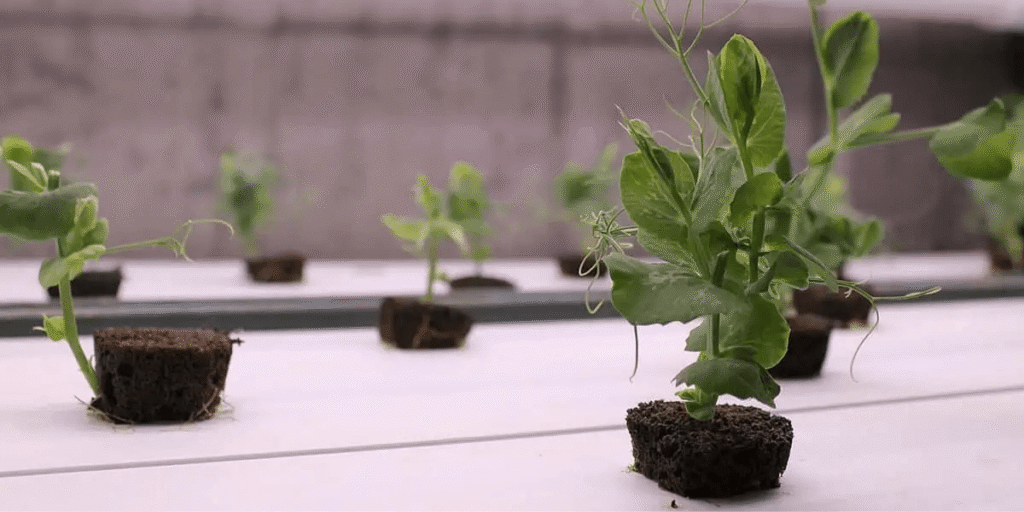
Identifying Common Hydroponic Pests
Catching pests early is really the secret to keeping your hydroponic garden thriving. It doesn’t take much, just make it a habit to check on your plants regularly. Pay extra attention to the leaves, stems, and especially the undersides of the leaves because that’s where those sneaky little bugs like to hang out. If you start noticing small spots, curling, discoloration, or weirdly shaped leaves, that’s usually the first sign that something’s up.
Spider mites are tiny and can be really easy to miss, but they leave behind those little yellow or pale dots,once you spot those, you’ll know what’s going on. Aphids are a bit more obvious. They like to cluster together on fresh shoots, buds, or soft leaves, and they suck out the plant’s sap, causing the leaves to curl or turn yellow. Thrips are those slim, fast-moving bugs that leave silver streaks on your leaves, and fungus gnats? You’ll probably see them fluttering around your growing medium. They’re a dead giveaway that the larvae are munching on your plant roots, which can slow growth.
Once you get the hang of spotting these pests and knowing where they like to hide, it’s much easier to stay on top of things. A quick check every day is all it takes to catch any issues early, and trust me, that little bit of effort can save you a lot of headaches down the road. Keeping your garden pest-free isn’t as hard as it sounds, and your plants will thank you for it!
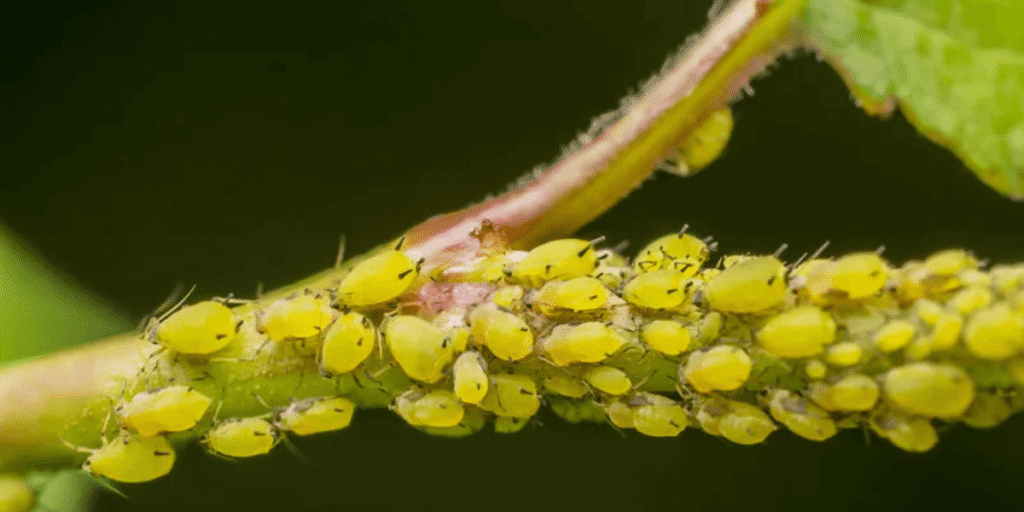
Effective Methods to Control Pest in Hydroponics
Dealing with pests in your hydroponic garden doesn’t need to be a big hassle. Honestly, the simplest way to start is just to grab them by hand or give your plants a gentle spray of water. If the problem’s small, this can do wonders to stop the pests from multiplying too fast.
Now, if they’re being a bit more stubborn, you might want to bring in some organic insecticides. Stuff like neem oil or potassium salts of fatty acids are great options because they’re safe for hydroponic systems. Just make sure the product is designed for hydroponics regular garden sprays can mess with your nutrient solution or harm your plants.
Creating the right environment is also key. Keeping the air moving and humidity levels in check can make life a lot harder for pests like spider mites and fungus gnats. And don’t wait too long to act checking your plants regularly and tackling problems the moment you spot them can save you a lot of headaches later. By combining a little hand-picking, safe sprays, and keeping a watchful eye, you’ll keep your garden healthy, thriving, and mostly pest-free. It’s honestly easier than you think!
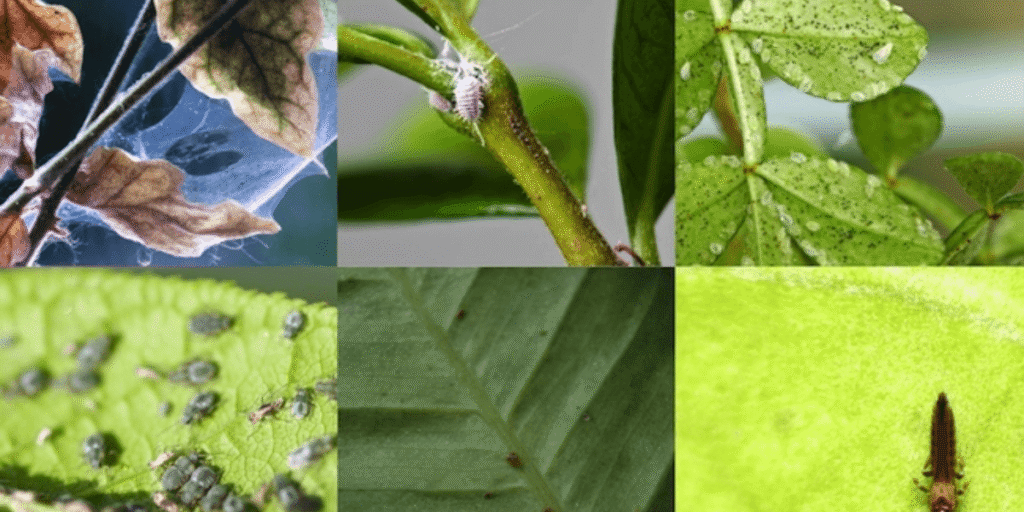
Common Hydroponic Pests You Should Know
| Pest | Visual Characteristics | Damage Symptoms | Where to Look |
|---|---|---|---|
| Aphids | Small, soft-bodied insects; green, black, or red | Leaves may yellow, curl, or become distorted; sticky residue (honeydew) | Undersides of leaves and on new stems, especially tender shoots |
| Spider Mites | Tiny specks, often red or brown, almost invisible to the naked eye | Small yellow or white spots on leaves; fine silky webbing on leaves and stems | Undersides of leaves, especially in areas with webbing |
| Thrips | Very small, thin insects; black or brown | Silvery streaks or mottled patterns on leaves; tiny black fecal dots | Leaf surfaces, especially new growth and buds |
| Fungus Gnats | Small, black, flying insects; larvae are clear or white | Larvae feed on roots causing stunted growth; adults are a nuisance | Adult gnats fly around plants; larvae in the top layer of growing medium |
Integrated Pest Management for Hydroponics
Integrated Pest Management (IPM) is really just a smart, simple approach to keeping pests in check in your hydroponic garden. It’s all about being proactive thinking ahead, keeping an eye on things, and jumping into action when necessary.
Prevention is key. First off, make sure your plants have good airflow, the humidity is in check, and your growing area is clean. One little trick is to quarantine new plants for a few days before they join the party,this way, you don’t accidentally bring in any hidden pests.
Monitoring is all about spotting issues before they become problems. Yellow or blue sticky traps are a lifesaver for catching flying bugs, and a quick glance at your leaves for spots, curling, or strange discoloration can usually tell you if something’s up.
If pests do sneak in, don’t wait around. Get in there and hand-pick the bugs, spray with something safe like neem oil, or introduce natural predators like ladybugs or predatory mites. Mixing and matching these methods is the best way to keep your hydroponic garden running smoothly and pest-free. It doesn’t have to be complicated, just a little bit of care and attention, and you’ll keep your plants happy and thriving!
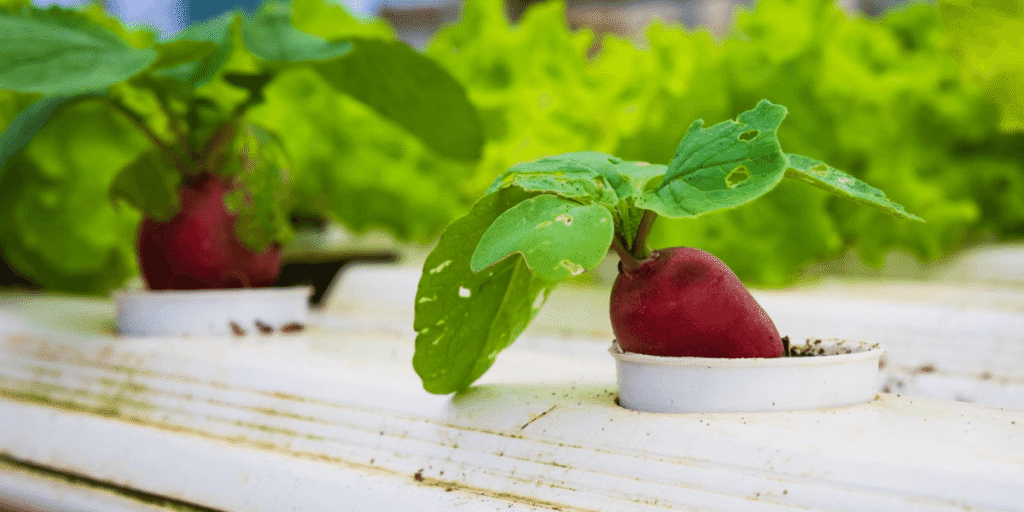
Emergency Steps to Handle Hydroponic Pests
Even with the best care, pests can still sneak into your hydroponic garden from time to time. The key is to stay calm and act quickly before things get out of hand. While you’re checking for bugs, it’s also a good idea to keep an eye on other common issues like nutrient imbalances, pH fluctuations, or water quality problems. If you need a hand with troubleshooting those, our guide on How to Troubleshoot Common Hydroponic Issues is a good place to start.
If you do spot pests, don’t panic! Just take action right away. First, pull out the affected plants and move them to a separate spot, this keeps the bugs from spreading to your other plants. Make sure the temporary spot has similar light and airflow, though, so the plants aren’t stressed out even more.
Now, it’s time to get hands-on. Check all around the leaves, stems, and especially the undersides of the leaves where pests love to hide. Pick off what you can by hand or use a gentle spray of water to wash them away. If there are a lot, you might need to do this a couple of times over the next few days to really get them under control.
Even after you’ve done the first round of cleaning, stay vigilant. Keep checking your plants for any new bugs, fresh damage, or signs that they’re trying to come back. Keep up with hand removal or use organic sprays as needed until you’re confident the pests are gone for good.
Quick action, regular checks, and a mix of careful removal with safe treatments is the best way to keep your hydroponic garden pest-free. A little effort upfront will save you from much bigger headaches down the road. Trust me, it’s totally worth it!
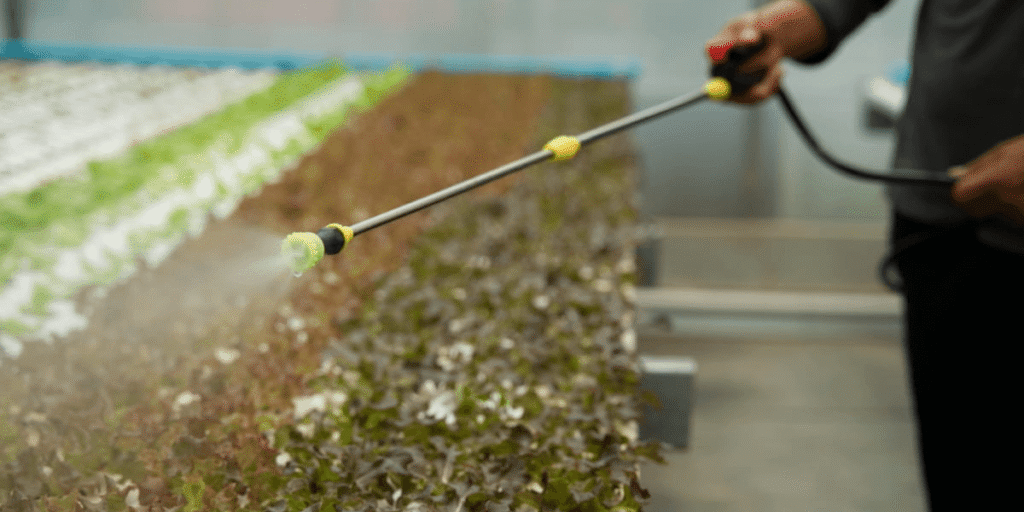
FAQ on Controlling Hydroponic Pests
Q1: What are the most common pests in hydroponics?
A1: Even without soil, pests can still sneak into your hydroponic garden. Keep an eye out for aphids on new leaves, spider mites hiding under leaves, thrips that leave silver streaks, and fungus gnats flying around or feeding on roots. Spotting them early helps prevent bigger issues.
Q2: How can I prevent pests in my hydroponic system?
A2: Prevention is simpler than dealing with an infestation. Keep your grow area clean, remove dead leaves, and quarantine new plants before adding them. Using soilless media also reduces the chances of bringing in soil-borne pests.
Q3: How do I know if my plants have pests?
A3: Regularly check the leaves, stems, and undersides of leaves. Look for yellow spots, curling, silvery streaks, or sticky residue. Spider mites leave tiny yellow dots, and aphids usually cluster on new shoots. Early detection is key.
Q4: What are the best ways to control pests?
A4: Start with hand removal or a gentle water spray to wash off pests. Organic sprays like neem oil or potassium salts of fatty acids are safe and effective. You can also introduce natural predators like ladybugs for aphids or predatory mites for spider mites. Mixing these methods works best.
Q5: What should I do if pests show up?
A5: Act quickly. Isolate affected plants to prevent spread, remove pests by hand or with water, and apply an organic spray. Keep checking your plants daily and repeat treatments as needed. A simple IPM routine prevention, monitoring, and intervention will keep your garden healthy and pest-free.
Conclusion: Keep Your Hydroponic Garden Pest-Free
Keeping pests under control in your hydroponic garden doesn’t have to be a big hassle. Honestly, it all comes down to a few simple habits that make a huge difference. Keep your grow space clean, give any new plants a little quarantine time before adding them to the system, and use soilless media. It really helps keep pests at bay.
Make it a habit to check your plants regularly. Take a good look at the leaves, stems, and don’t forget the undersides of the leaves where pests love to hide. Sticky traps are a great trick for catching flying bugs early. The sooner you catch any issues, the easier they are to fix.
If pests do show up, don’t stress. Just act fast. Handpick them off, try a gentle organic spray like neem oil, or even bring in some natural predators like ladybugs or predatory mites. The quicker you deal with them, the less damage they’ll cause.
Stick to these simple habits and your hydroponic garden will stay healthy and productive. It’s way easier to prevent a problem than deal with a full-blown infestation later.
Ready to Keep Your Hydroponic Garden Pest-Free?
Even in a soilless system, pests can sneak in and threaten your hard work. The good news is that with the right knowledge and tools, you can prevent infestations and keep your plants healthy. By staying vigilant, monitoring your plants regularly, and taking action quickly, you can enjoy a thriving hydroponic garden without the stress of unexpected pest problems.
Greenfuturehydro offers a range of organic insecticides, sticky traps, and integrated pest management tools specifically designed for hydroponic systems. These products make it easier to protect your plants while maintaining a clean and safe growing environment.
And if you ever need guidance, our team is always ready to help. Reach out to us at info@greenfuturehydro.com or call +86 13487543942 for friendly advice and support.
For daily tips, inspiration, and to connect with hydroponic growers worldwide, follow us on Instagram at @Greenfuturehydro. Together, we can prevent pests, celebrate healthy growth, and enjoy the satisfaction of a vibrant, homegrown harvest.
Related Guides for a Pest-Free Hydroponic Garden
- How to Prevent Algae Growth in Hydroponic Systems
- How to Minimize Water-Borne Diseases in Hydroponics
- 9 Common Mistakes to Avoid in Hydroponic Gardening
- Guide to Growing Hydroponic Plants in Bulk
- The Basics of Hydroponic Plant Care
- Microgreens vs Mature Greens: Which Is More Nutrition?
- How to Grow Microgreens Hydroponically
